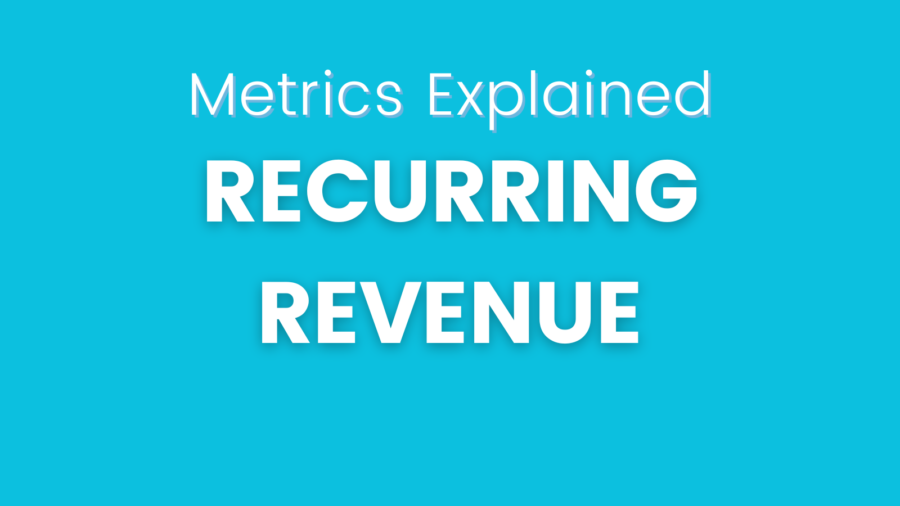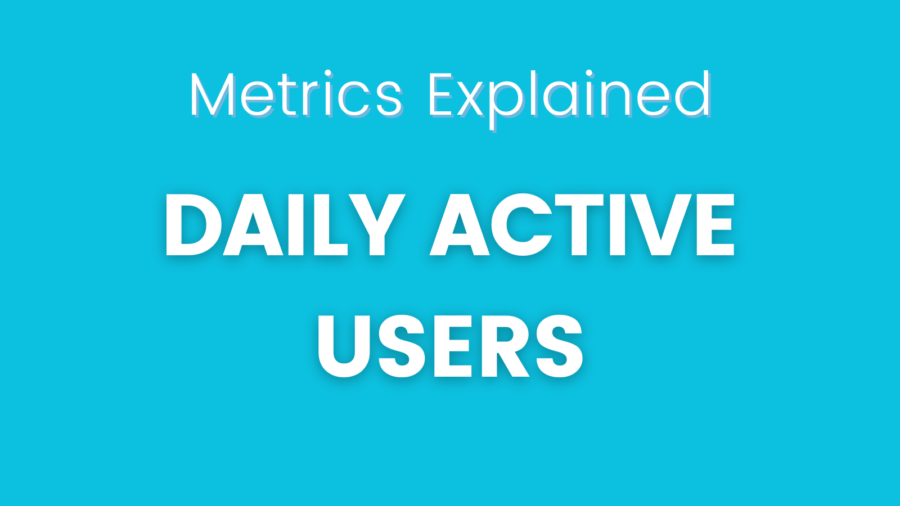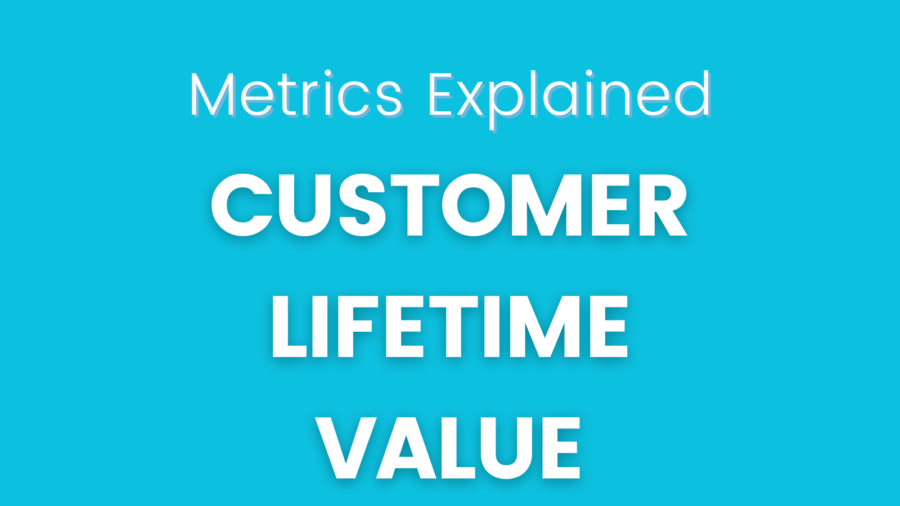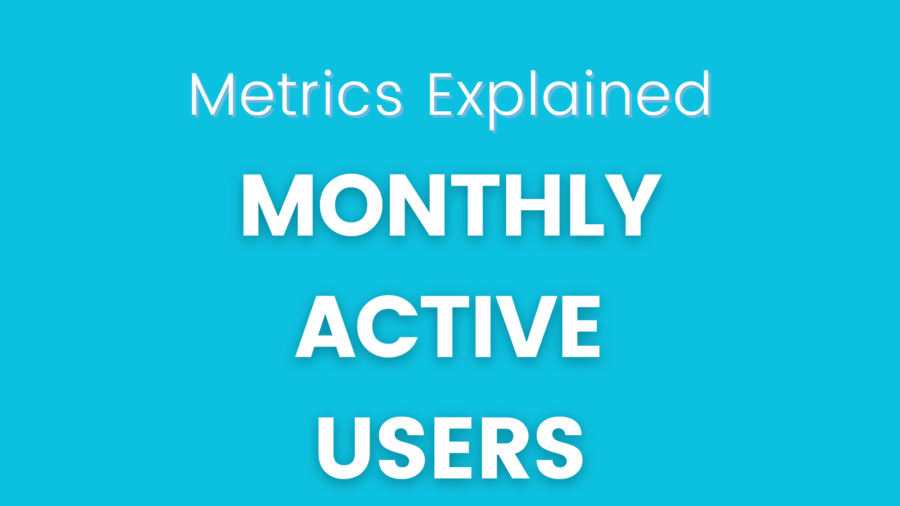As a specialist in the realm of product analytics, I’m excited to delve into the significance of Session Length – a metric that plays a crucial role in understanding user behavior and optimizing product experiences. This article will explore what Session Length entails, its implications for product performance, and how businesses can leverage this metric to drive growth and enhance user engagement.
What is Session Length?
Session Length refers to the amount of time users spend actively engaging with a product or service during a single visit or session. It measures the duration between the moment a user starts interacting with the product and when they stop, either by closing the application or becoming inactive for a specific period. By tracking the length of each user session, businesses can gain valuable insights into user engagement, user satisfaction, and the overall appeal of their product.
Understanding the average Session Length provides a window into the level of interest and immersion users experience when interacting with the product. Longer session durations often indicate that users find value in the product, while shorter sessions might suggest a lack of engagement or potential usability issues.

Implications for Product Performance
Session Length carries significant implications for product performance and user experience. A high average Session Length suggests that users are spending extended periods engaging with the product, indicating a strong level of interest and satisfaction. Such engagement can lead to increased brand loyalty, word-of-mouth referrals, and a positive impact on customer retention rates.
Conversely, a consistently low average Session Length warrants attention, as it may indicate a lack of user interest or a suboptimal user experience. A product with short sessions could be failing to meet user expectations, leading to disengagement and potential churn. Optimizing the product’s features, user interface, or content can help enhance Session Length and overall user satisfaction.
Calculating Session Length
Calculating session length is a straightforward process that subtracts the time the app was launched from when the user becomes inactive or leaves the app.
To calculate the session length, follow these steps:
- Record when the app is launched or when the user starts their session.
- Record the time the user becomes inactive or exits the app, signifying the end of the session.
- Subtract the start time from the end time to determine the session length.
The formula for calculating session length is as follows:
Session Length = Time User Becomes Inactive or Exits the App – Time App Was Launched
For example, if a user launched the app at 10:00 AM and became inactive or exited the app at 10:30 AM, the session length would be: Session Length = 10:30 AM – 10:00 AM = 30 minutes
In this example, the session length is 30 minutes, indicating the user’s app engagement duration during that session. Monitoring session lengths over time help businesses understand user behavior, identify patterns, and optimize the app or product to enhance user experiences and retention.
Leveraging Session Length for Product Optimization
Analyzing Session Length in conjunction with other metrics allows product teams to make informed decisions and optimize the user experience. Businesses can identify patterns and preferences among different user groups by segmenting users based on their Session Length. For instance, power users may have longer sessions, indicating their strong engagement, while new users may have shorter sessions, highlighting onboarding challenges.
To improve Session Length, A/B testing can be employed to assess the impact of specific changes on user engagement. For instance, a video streaming platform could experiment with different content layouts or personalized recommendations to see which approach leads to longer session durations.
Example Scenario: A Mobile Game Application
Let’s consider a mobile game application as an example to illustrate the significance of Session Length. The development team notices a decline in user engagement and wishes to investigate the issue. By analyzing Session Length data, they discover that players’ average session duration has decreased significantly over the past few weeks.
Upon closer examination, the team identifies a specific game level that seems to be causing frustration and disengagement among players. Players frequently leave the game during this challenging level, resulting in shorter sessions. Armed with this insight, the team decides to make the level slightly easier, addressing the pain point without compromising the overall game experience.
As a result of this adjustment, they observe an increase in Session Length and a decrease in user churn. Players now spend more time in each session, indicating that the modified level successfully retains their interest. Additionally, positive word-of-mouth from satisfied players attracts new users, further boosting engagement and overall growth of the application.
Conclusion
In conclusion, Session Length is a vital metric in product analytics that provides invaluable insights into user engagement and product performance. By understanding the duration users spend interacting with a product, businesses can gauge user satisfaction, identify areas for improvement, and make data-driven decisions to optimize their offerings.
In today’s competitive landscape, where user attention is at a premium, Session Length serves as a compass guiding product teams to create captivating experiences that keep users coming back for more. By continuously monitoring and optimizing this metric, businesses can build stronger connections with their users, foster loyalty, and drive sustainable growth. Embracing Session Length as a key performance indicator empowers organizations to stay attuned to user needs, paving the way for continued success in the ever-evolving world of product development.
Check other metrics from our Metrics Explained series.





